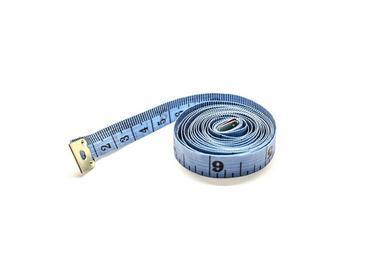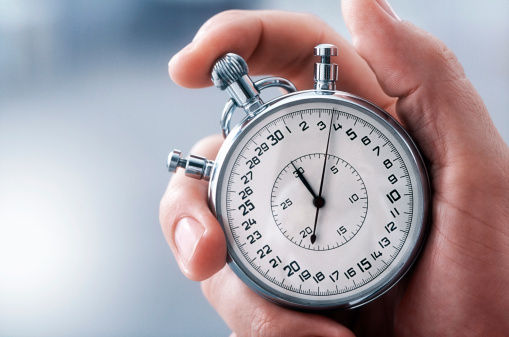Examples of ways to measure different fitness components:
- Body composition analysis – a great tool to compare lean tissues (like muscle) versus fat on the body
- Circumference measurements – this can be used to measure fat loss or muscle gain as well and track overall changes in body shape
- Scale – it is easy to step on the scale, but if your body composition has changed, say you’ve gained more muscle while you’ve lost body fat, the scale may not reflect your progress as well as other measurement tools. More on this in the section on Components of Fitness.
- Amount of weight or number of reps you can lift – this can be used for tracking improvements in strength or muscular endurance.
- Length of time holding a specific position – a way to track muscular endurance for something like a plank or wall sit.
- Distance run or speed – used to track improvements in cardiovascular fitness and endurance
- Heart rate – this can be used in many ways. Typically we can use a heart rate at a given work load to determine aerobic fitness. More on this in the section on Components of Fitness.
- Sit n’ reach – to measure flexibility in the hamstrings and low back


